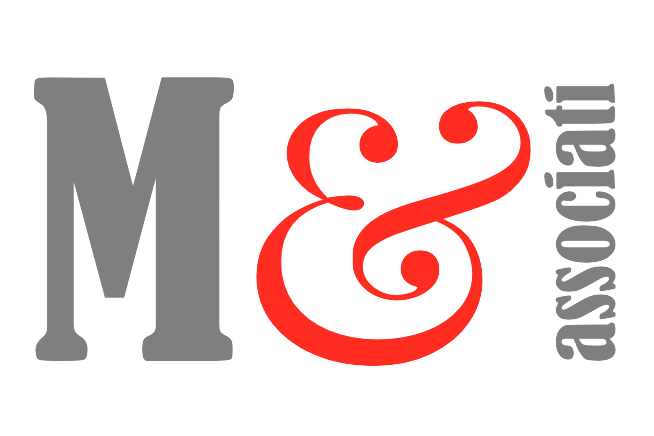Is it possible to predict a business crisis? When is a company actually in crisis Despite the fact that the Chinese character for “crisis” carries both the meanings of change and opportunity, in the Western world — especially in recent years — the word “crisis” in relation to a company usually has only one meaning: the business is no longer able to meet its obligations.
This situation can arise from many causes, both internal and external, sometimes even combined. That’s why, to detect early warning signs and prevent negative consequences, it’s essential to have a management control system in place that allows you to monitor a company’s vital parameters — both internal and external — at all times.
Today, a company’s survival depends heavily on its ability to learn continuously: to understand its customers, keep an eye on the competition, and constantly assess its ability to meet — and ideally exceed — customer expectations.
As we mentioned, the company structure must be able to perceive and distinguish the symptoms of a potential crisis, starting by identifying its type: is it caused by inefficiency or overproduction? Clearly, the symptoms differ depending on the problem.
- Inefficiency crisis occurs when a company’s margins are lower than the competition. This typically impacts economic indicators first, which can later affect financial metrics.
- Overproduction crisis shows up as slower inventory turnover, increased stock levels, or longer cash cycles. This can worsen if products are prone to obsolescence. It can be even more severe if the company’s products have lost market appeal, for example in favor of similar products from abroad.
Researchers have studied whether financial data can help anticipate a crisis. Numerous studies, starting in the late 1970s, show that insolvency can be detected in advance using the right tools. Some key indicators include:
- Net tangible assets vs. total assets: below 5% signals a critical situation — the lower the ratio, the higher the risk of default.
- Debt ratio: net debt to total assets above 85% indicates a high probability of financial crisis.
- Cash flow vs. total debt: as the saying goes, cash is king. Values near zero or negative signal an ongoing crisis.
- Interest expenses vs. revenue: banks monitor this; high ratios indicate deteriorating financial health.
- Revenue growth rate: too rapid (in young companies or startups) or steep losses are warning signs — like oil level or engine temperature in a car.
Sometimes, it’s enough to pause and rethink your market strategy to get back on track more motivated and effective. Other times, you need a credible industrial plan for the future.Per saperne di più



